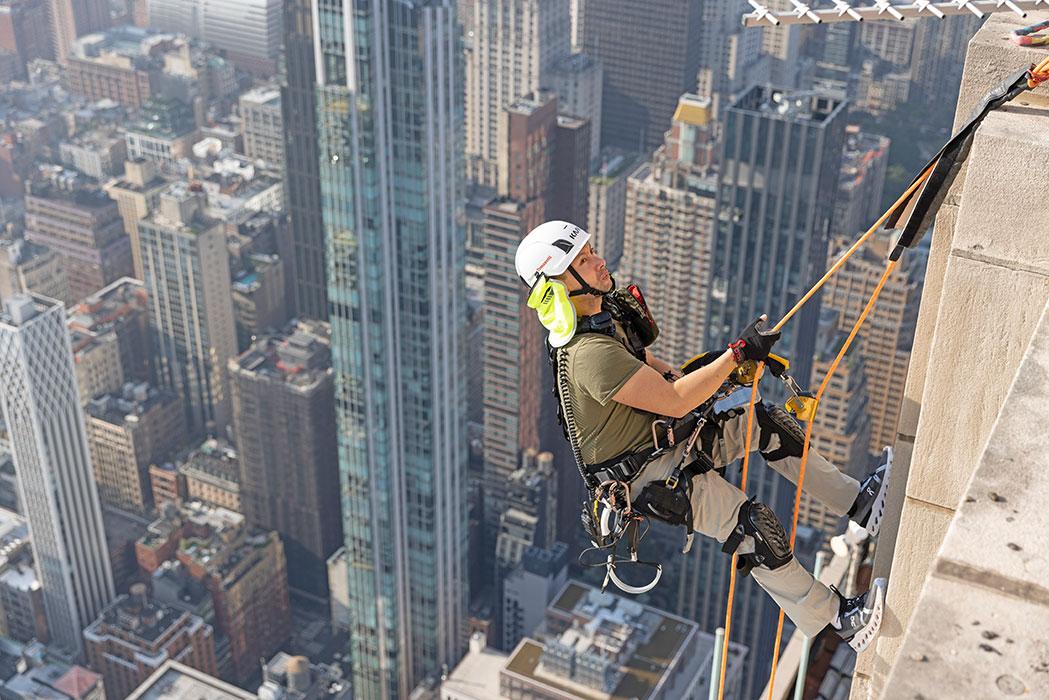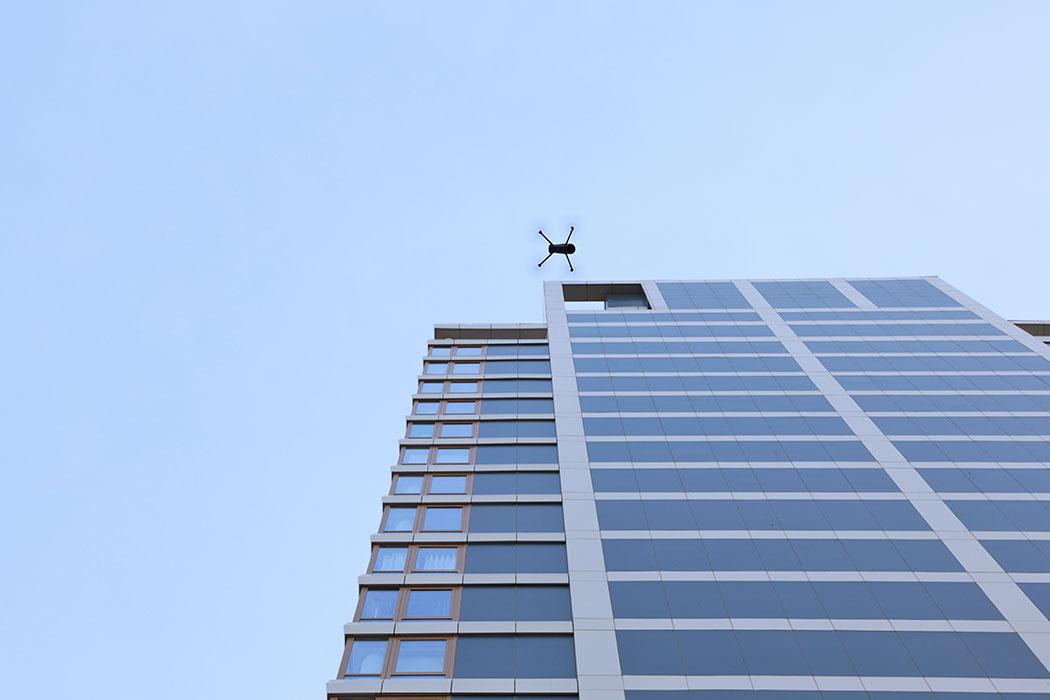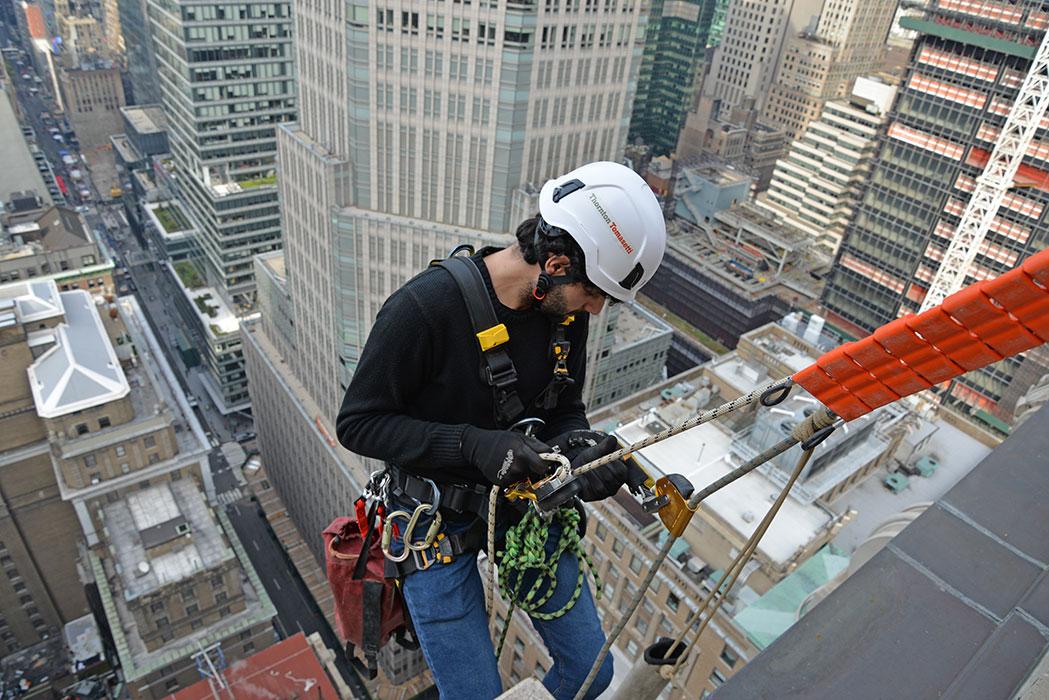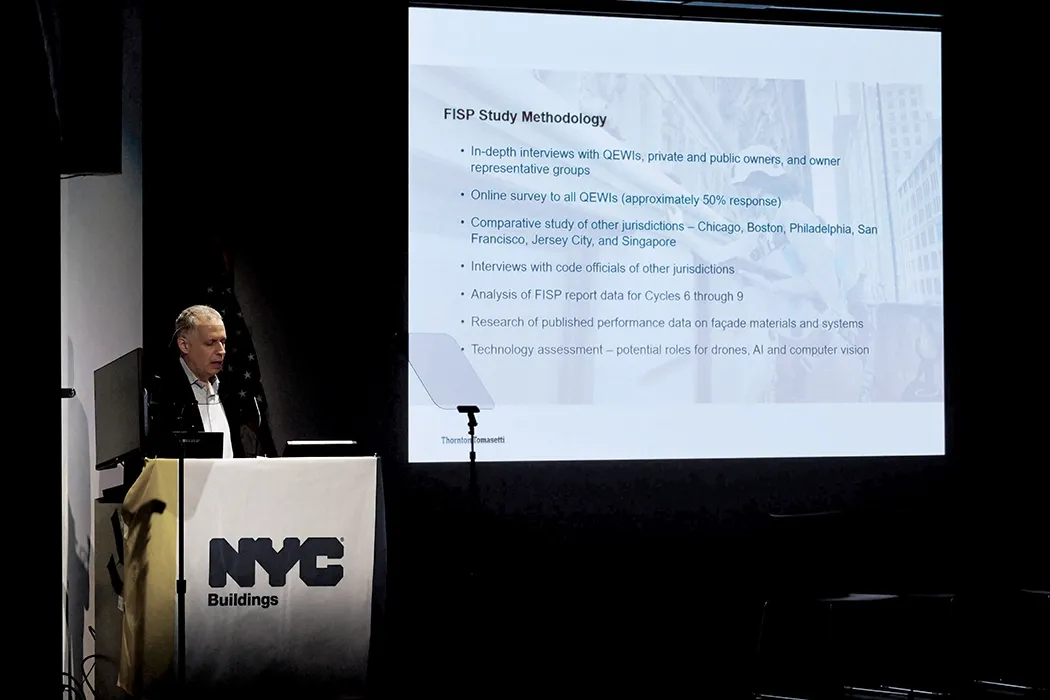New York City Updates FISP, Reducing Sidewalk Sheds and Enhancing Façade Safety


The New York City Department of Buildings (DOB) has unveiled proposals for sweeping changes to the Façade Inspection & Safety Program (FISP, formerly Local Law 11) based on recommendations from Thornton Tomasetti. The update represents the most significant shift in the city’s façade safety rules in more than 40 years.
At a DOB event last week, Managing Principal Gary Mancini gave a presentation to key stakeholders outlining the recommendations for enhancing public safety while addressing the excessive use of sidewalk sheds.
Currently, New York City requires buildings taller than six stories to undergo a façade inspection every five years. Thornton Tomasetti was selected in May 2024 to conduct a comprehensive review of FISP and suggest improvements. These recommendations are aimed at reducing the number of sidewalk sheds citywide, lowering costs for owners, and improving the city’s street-level experience. The DOB’s plan also includes new design guidelines for sidewalk sheds. It expects to adopt these updates for the next cycle beginning in 2030.
“These recommendations draw on extensive stakeholder feedback and a comprehensive study of best practices in New York and other major markets, as well as decades of our own building renewal work. By modernizing the program, we can allocate resources where they’re truly needed.”
The 16-month study involved detailed analysis of past filings, façade ordinances in other major US cities, and extensive feedback from Qualified Exterior Wall Inspectors (QEWIs), public and private property owners, and DOB regulators.
Here are the key recommendations:
Clarify façade safety definitions to reduce unnecessary sidewalk sheds
Revise the facade safety definitions to focus on the severity of a condition rather than the repair timeframe. This would help ensure that only façades posing actual safety hazards require immediate sidewalk protection, resulting in a reduction of sheds.
Extend inspection frequency from five to six years
The five-year inspection cycle has remained unchanged since FISP’s inception 45 years ago. Moving to a six-year cycle, especially considering the enhancements in inspection and investigation methodologies, repair requirements, and enforcement, would reduce administrative burden, give owners more time to finance and complete repairs, and ultimately decrease the number of sheds citywide.
Create an “Abbreviated Filing” program for newer, well-maintained buildings
This new program would allow qualifying buildings to skip a hands-on inspection cycle by performing visual-only examinations every three years and a hands-on inspection every other cycle, or every 12 years. Drone inspections would be required for taller buildings. The change would help owners cut costs and potentially lower the frequency of sidewalk sheds for qualifying buildings.
Introduce a “Reduced Hands-on” option allowing 100-foot drop spacing
A reduced hands-on option is intended for buildings up to 20 stories high that can be safely examined with binoculars from street level. The hands-on inspection spacing could allow for 100 feet, maintaining safety while minimizing cost and disruption.
Create an “Enhanced Inspection” option
On a case-by-case basis and with approval of DOB, buildings with façade materials, assemblies, and maintenance history that identify patterns of chronic deterioration would undergo a visual-only examination midway through each six-year cycle, supplementing the regular hands-on review.
Launch a pilot study using drones and other emerging technologies
The study will test drones, photogrammetry, and computer vision on real-world examples to evaluate their accuracy versus traditional hands-on inspections with the goal of identifying safe cases where drone inspections could replace physical access.
Improve DOB helpdesk system for Qualified Exterior Wall Inspector (QEWI) inquiries
A new, more robust help-desk ticketing system would allow inspectors to submit filing-specific questions directly to their assigned DOB examiner, improving responsiveness and consistency.
Develop and publish a QEWI Best Practices Guide
Based on feedback received during the study, a QEWI best practices guide would be a useful companion to the FISP rules.
The full report will be available to the public in the coming weeks.
Contact us to help you remain in compliance with NYCDOB façade safety requirements




